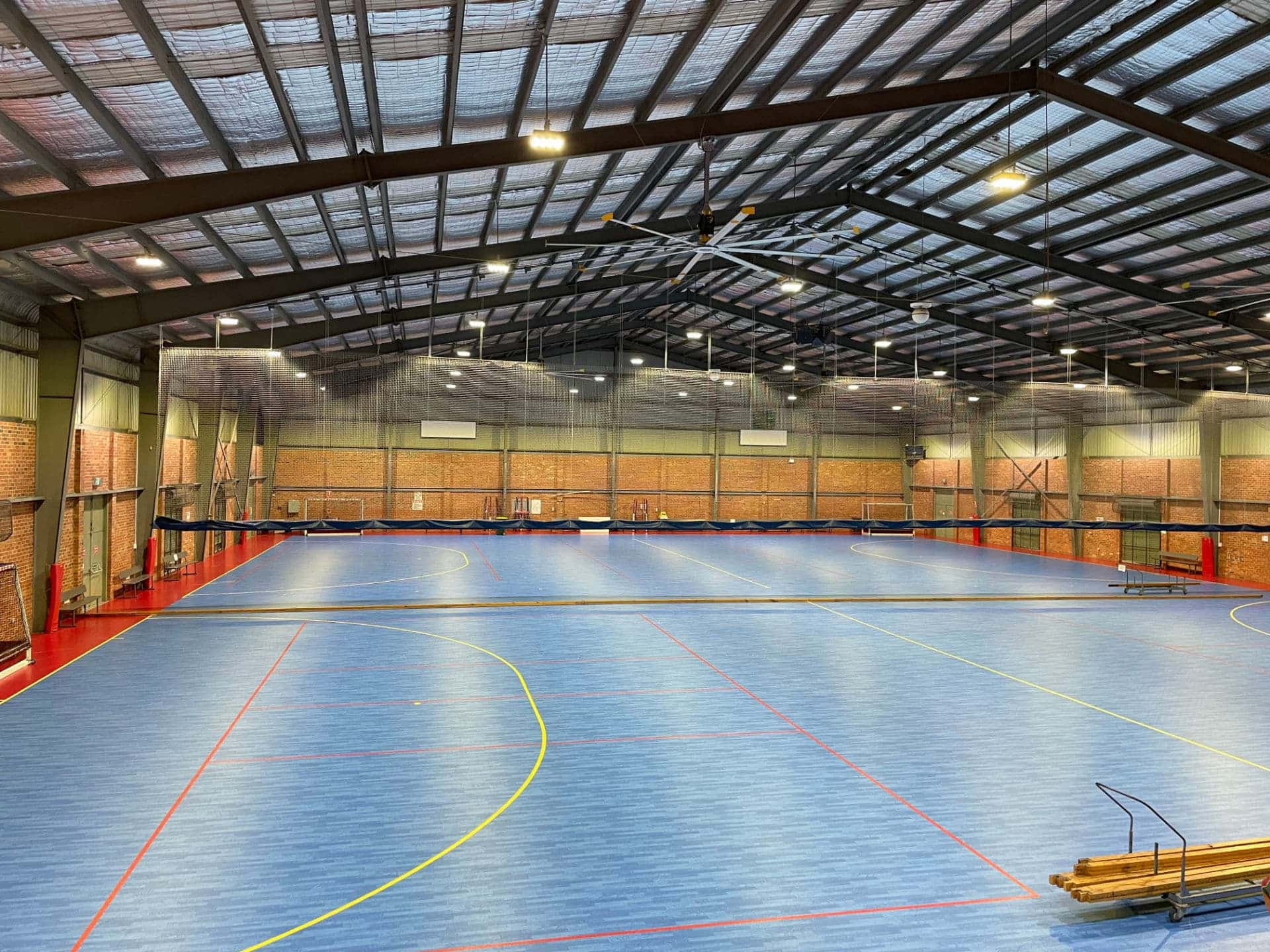Efficiency is often thought of as lumens per watt i.e. how much light do we get out (lumens) vs how much energy we put in. However there a few aspects which need to be considered before this seemingly obvious question can be answered.
Firstly we need to establish what the manufacturers are referring to when talking about lumens per watt. The common way is to quote the LED manufacturers figures. This is equivalent to saying your new car could reach a top speed of 300km/hour – if it weighed 200kg. The fact is no LED can possibly run this efficiently once it is in a ‘system’, like a lamp. A number of factors add inefficiencies to the lamp and whilst a good designer can optimise this, you cannot eliminate it completely. So, while that is common, the accurate and professional way to represent it is to state what the lumens per watts are as a complete lamp. This is tested in a laboratory and gives an objective value. For Australia, the test needs to be performed by a NATA accredited laboratory. All other countries have their equivalent standard as is intended to provide uniformity.
After we have established this number we can move on to the application. In situations where the lighting is used for long periods of time life warehouses or street lighting, the cost of the lamp becomes less important than the cost of running the lamp. For instance a high bay which costs $200 but runs 24/7 will cost $200 in electricity within 18 months. Compare this to a sport light which costs $4000 and will likely take 20 years of regular use to get anywhere near matching energy to initial cost. In this example therefore it makes sense to spend $300 on a more efficient high bay, but not to spend $6000 on a more efficient sport light.
Efficiency is primarily increased by increasing the heat sink capacity and increasing the number of LEDs and running them lower. So in an average lamp there may be 5W LEDs which are running at 3.5W. If you wanted to reduce costs you can run them at 5W but this will make more heat and the lumens per watt will decrease. Consequently if you run them at 2W the lumens per watt will improve but you need more surface area to hold the bigger number of LEDs. You therefore have increased cost in surface area (size) and the number of LEDs but your operating costs will come down by improving your lumens per watt.
Summary
It’s horses for courses. High bays and other lights that are used for long periods of time you get a good pay-back by paying for a more efficient light. However, for sport lighting it becomes almost irrelevant due to the small number of hours they are used every year. If the ‘more efficient’ product is much the same price then you won’t lose out, but certainly don’t pay a heap more just to gain a few lumens per watt. Your capex will notice it, your opex won’t.
